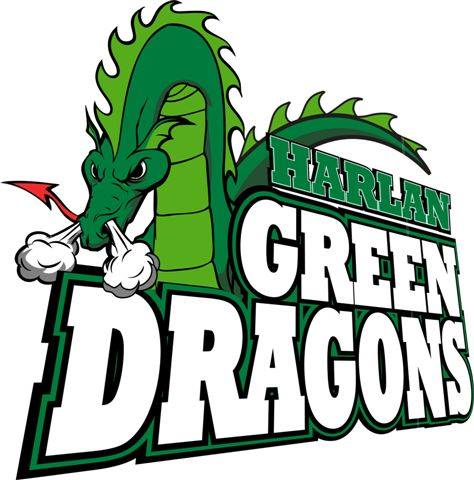Darth Vader gives boy with incurable brain cancer present
Published 6:33 pm Monday, February 5, 2018
LEXINGTON, Ky. (AP) — Just after Thanksgiving, Robin Dodd suddenly noticed her 5-year-old son, Bruce, was slurring his words and had double vision.
She rushed him to the emergency room, worried that he’d ingested poison or hit his head. But the news was worse than Dodd, an ICU nurse at the University of Kentucky Chandler Hospital, could have imagined: Bruce, a bouncy, Star Wars-obsessed boy, had a rare, aggressive and incurable brain cancer called Diffuse Instrinsic Pontine Glioma (DIPG).
“It was such a horrifying shock,” she said of his diagnosis. “I’m a nurse and I had never even heard of this cancer.”
Soon after, Bruce started daily radiation treatments at UK, the only thing known to slow the course of this disease.
On Tuesday, Bruce celebrated finishing those treatments with some of his very favorite people in the world.
As he walked out of the treatment room in his Darth Vader costume, his eyes got big as he spied the 7-foot-tall Darth Vader breathing loudly outside the door. They shook hands and a huge smile spread across his face. “Want to come home with me?” he asked.
Then Bruce rang the big bell that hangs in the waiting room to signal the end of his treatment, and walked to the Combs Building to party with Vader, assorted storm troopers, sand troopers and even Kylo Ren (members of the 501st Legion, a national Star Wars costuming group that does pediatric charity events). Bruce parried a light saber, bumped fists with storm troopers, and showed people his big gold trophy that simply said: “Bruce, Last Treatment, Jan. 30, 2018.”
Bruce appeared to show few effects from six weeks of radiation, or as he calls it, “Dr. Jon’s Shrinking Ray,” administered by Dr. Jonathan Feddock. Most children require sedation to be as calm and still as they need to be for radiation to the head, Feddock said, but Bruce soon learned to lie perfectly still.
“It’s not easy for kids,” Feddock said. “He’s one of our most dynamic and enthusiastic patients.”
It’s over for now, and Bruce’s coordination and speech have improved. Dodd said doctors are looking for clinical trials for this nearly unknown disease, which does not appear to be caused by genetics or environment.
“It’s just such an unfortunate set of mutations in this child at this time,” she said. “Basically the advice a lot of families are given is to do the radiation and go home and make memories. After six months, it comes back and no longer responds to treatment.”
Dodd and her husband, Patrick Danielson, are trying to raise awareness about DIPG, even as they deal with Bruce’s illness and take care of their other two children, Jack, 11, and Fred, 1. (All three boys have the last name Incorporated, which their parents decided was easier than hyphenating their last names.)
Danielson is the root of the Star Wars obsession; he is now a helicopter pilot with Air Evac because he wanted to be a pilot like Luke Skywalker. Both Danielson and Dodd are extremely grateful to their employers for providing flexibility to deal with Bruce’s illness.
“We’re going to leave no stone unturned to get Bruce the best treatment we can,” Dodd said. “Before this happened we considered ourselves private people, but we want to raise awareness for this rare and mostly unknown disease that affects young kids and kills 100 percent of the time.”
But Bruce doesn’t understand statistics, and certainly wouldn’t let them ruin his celebration. As he entered the Combs Building, he found his brother Jack, and hugged him, still clutching his trophy.
“This was the greatest present ever,” he said.
Marcus Dorsey contributed to this article.





